Have you ever wondered why rats keep on chewing things in the house? Their never-stop-growing teeth will pain them if they don’t chew things to maintain the length of those teeth. Rats are not the only animals with never-stop-growing teeth, and we are going to find out more today. Basically, rodents have incisors that will never stop growing. There are several more animals, especially rodents that share the same trait, so let’s take a look.
1Beaver
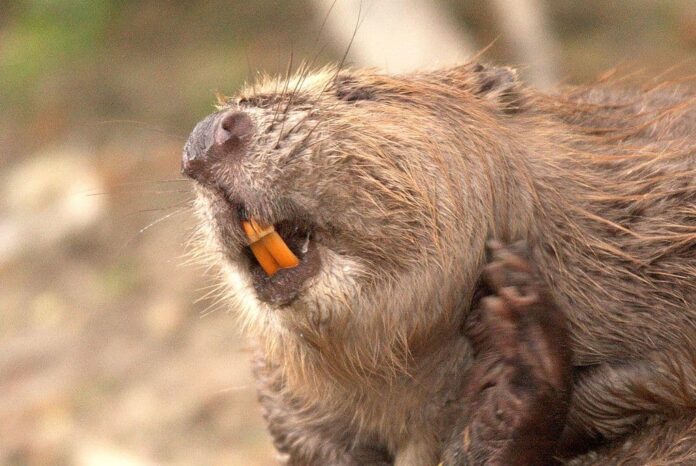
Beavers are the second largest rodents in the world, and there are many interesting things about them. The first thing that most people notice about a beaver’s teeth is the color. Yes, a beaver’s teeth are orange as a result of an iron-rich protective coating of enamel. Besides protection, this thick enamel coating makes these rodents’ teeth incredibly strong. In addition to being strong, their teeth are also very sharp which allows them to chew through hard objects, especially trees.
Because those incisors grow continuously throughout their life, that chewing habits help to trim them down. The beavers are fast chewers, and they can fall an average size tree in just 5 minutes. Then, they use those trees and woods to build dams and lodges with multiple underwater entrances. Sometimes beavers also snack on tree barks or softer layers of wood underneath. They also store branches for winter, and these dexterous animals hold their food between their front paws which is so cute.
2Coypu
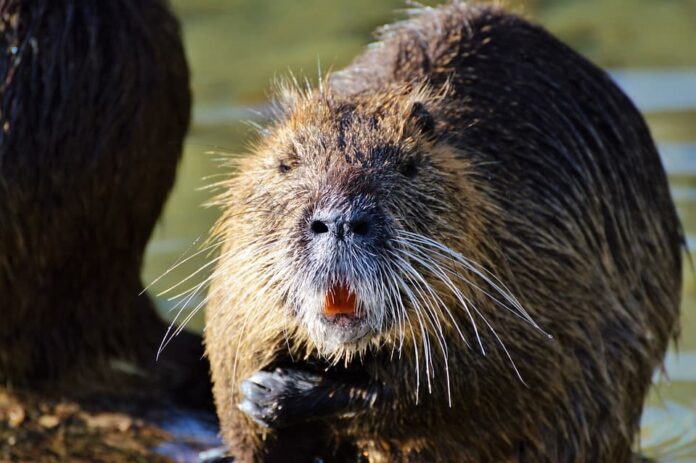
Also goes by the name Nutria, this large semiaquatic rodent also has never-stop-growing teeth. You can spot their large reddish-orange or yellowish-orange teeth from afar. A young coypu was born with regular white incisors which turn orange as it grows bigger. Just like a beaver, the color of their teeth is also orange in color due to the mineral iron coating. This enamel coating ensures the strength and well-being of the teeth so that these rodents grind on sharp objects.
A coypu has 20 teeth in total, and those consist of canines, incisors, molars, and premolars. All the teeth they have helps to chomp on a wide range of food and vegetation. This is also why these rodents prefer to live in freshwater marshes and sometimes in brackish marshes where vegetation is abundant. Unlike beavers though, coypus construct or occupy abandoned burrows instead of lodges.
3Donkey
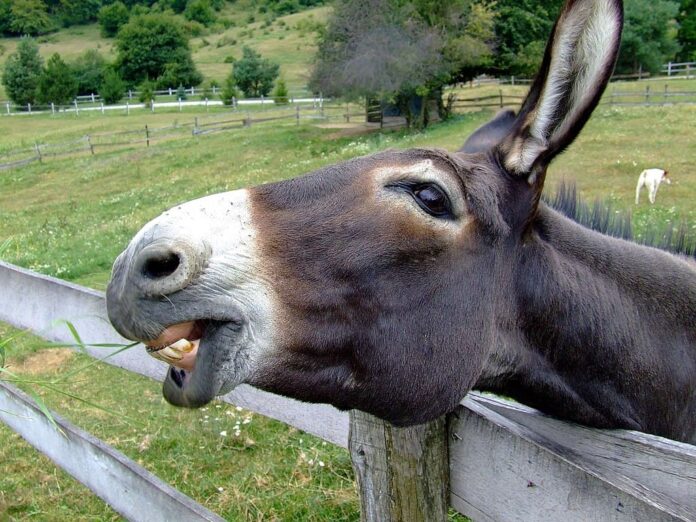
Spending up to 16 hours a day just to graze, a donkey sure needs never stop growing teeth. The thing is that their diet consists of coarse and sparse grasses, and their teeth wear down from time to time. To compensate for their long feeding duration, a donkey’s teeth grow continuously so that they can eat. In case you own a donkey, you want to give them regular dental checkups to ensure that they are healthy. Neglecting dental checks can lead to death resulting from eating difficulty and appetite loss.
4Gopher
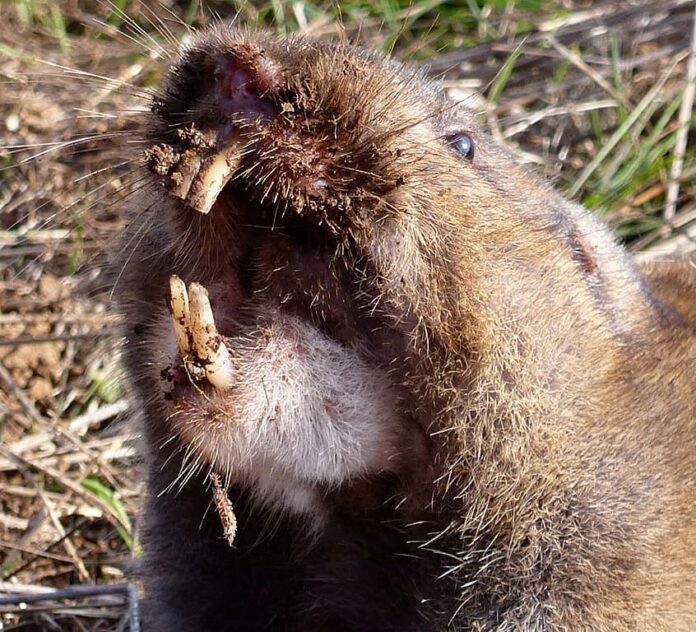
Here you are looking at an underground rodent that spends most of its life digging and living in burrows. Gophers or pocket gophers have long and sharp teeth that are not afraid to use to bite. Because these rodents are aggressive and territorial, gophers can inflict serious bites when feeling threatened. The combination of their powerful legs and massive visible incisors allows them to dig and build complex underground tunnel systems. They can close their mouth behind the incisors when they loosen the dirt and roots to prevent dirt from getting in their mouth. These rodents do great things for the environment, but they also wreak havoc on gardens and vegetation.
5Guinea Pig
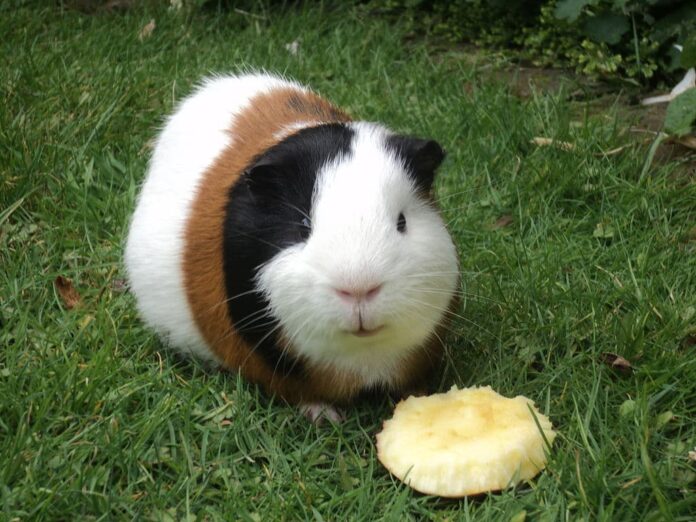
When it comes to pocket pets, guinea pigs are among the cutest and the most popular. Despite their adorable size, guinea pigs also have never-stop-growing teeth that continue to elongate. These little fluffy rodents have 20 teeth, and they don’t have canine at all. Guinea pigs require daily chewing, and there are many chew toys out there you can get for them. Regular biting, chewing, and gnawing helps to maintain a healthy length so don’t forget that.
If you own a guinea pig, you want to make sure that its teeth are white. While most rodents out there have orange teeth, things are different with this one. That is because a guinea pig’s teeth enamel is white just like ours so the teeth color is also white. At the same time, you should check to ensure that teeth are not curved or overgrown. In case your guinea pig hesitates or refuses to eat, there could be a dental issue. So take them to see a vet to make sure that they are okay.
6Hamster
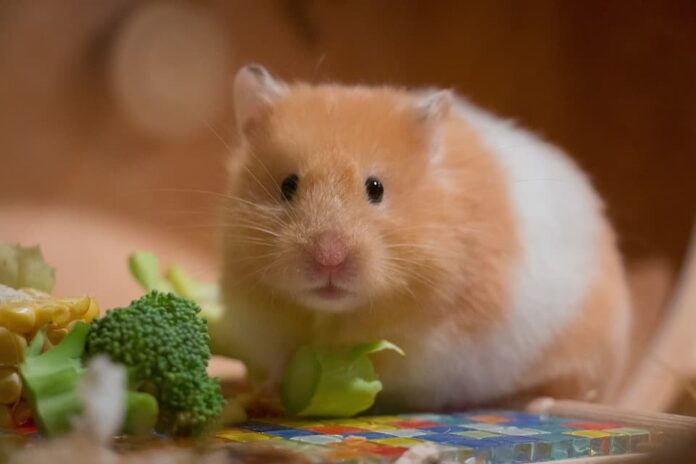
Hamsters are one of the furry rodents that most people love having as pets. Just like most rodents out there, their teeth grow continuously throughout their lives. As a hamster owner, you have to be aware of that so that you can take care of their dental health. A hamster’s healthy teeth should be brownish-white in color, and the length should not be too long. Give them calcium blocks, hard biscuits, or wooden toys for them to chew on to keep their incisors healthy. If you notice one incisor longer than another, then you will need to do a tooth clipping. You can take your hamster to a vet for this process, watch how they do it, and you can it yourself next time. Taking care of a hamster’s teeth is not a difficult task, so don’t worry.
7Horse
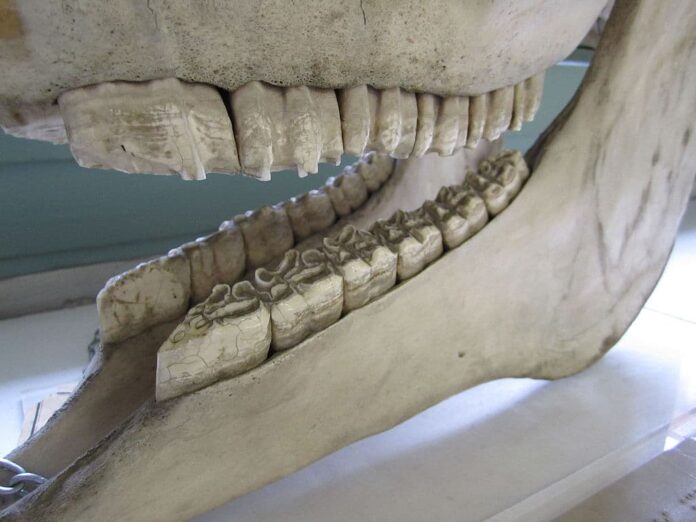
A horse’s teeth never stop growing, but there is a little to that. Since horses are grazing animals, they have between 36 and 44 teeth including 12 incisors at the front. Those never stop growing incisors help to cut grass and wood while grazing. In the wild, horses spend hours a day grinding down the hard cellulose of grass. So their never stop growing teeth are helpful because the teeth will wear down from grass grinding. Along with that, those teeth also help a horse to attack or defend itself against predators.
If a horse lives long enough, the teeth eventually stop growing and wear down to the point it needs a pre-chewed senior feed. You can notice teeth problems in a horse if they display any of the symptoms below:
- Blood or foul odor in the mouth
- Bridle resisting
- Chewing difficulty
- Difficult to handle while riding
- Excessive bit chewing
- Excessive salivation
- Head tossing
- Weight loss
8Porcupine
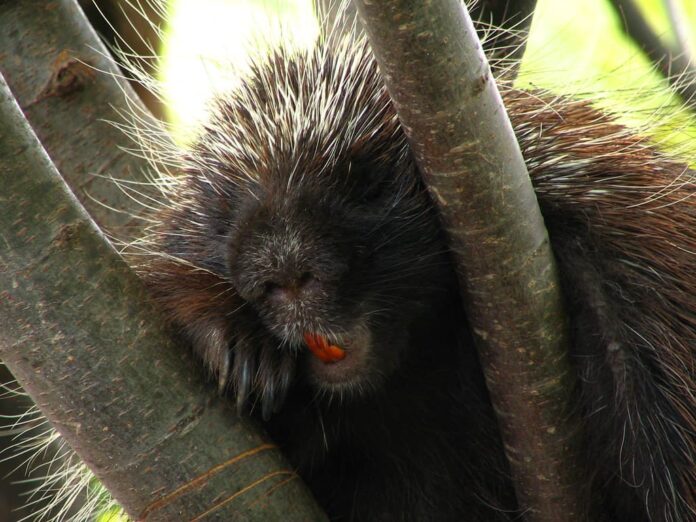
Porcupine is a very fascinating animal with unique features among other rodents out there. These spiny animals have at least 30,000 quills on their back as part of their defense mechanism. At the same time, they also have never-stop-growing teeth that allow them to chomp on various things. Apart from their food, porcupines also like to gnaw on random objects such as cabins, picnic tables, shoes, and more. While most of us have a sweet tooth, porcupines have a salty tooth instead.
Another interesting thing is that those orange incisors are one of the 4 main displays of their defensive behavior. A porcupine would clatter their teeth together while shaking their quills, causing a warning noise to ward off predators. Some porcupines have orange teeth while others have red, and those bright colors are quite effective in defense mechanisms.
9Rabbit
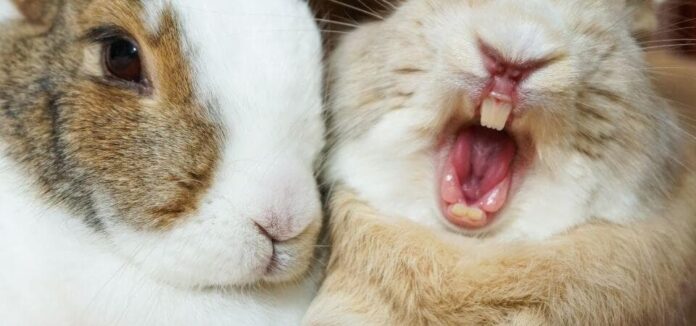
As a common pet, some new owners don’t know about the never stop growing teeth of their fluffy friends. A rabbit has 28 permanent teeth, and its incisors grow throughout its life. Without proper chewing and gnawing, those front teeth are capable of growing and curving and then sticking out between their lips. In worse cases, those incisors can grow into a rabbit’s gums or the roof of its mouth which is quite dangerous.
Younger owners might not pay a lot of attention to their rabbit’s dental health. Overgrown teeth can lead to anorexia (lack of appetite), serious trauma, and death resulting from the inability to chew or swallow. So if you want to have a pet rabbit, make sure to give them appropriate food and toys to chew. You can also take them to a professional vet to have their incisors trimmed so that they have healthy dental health.
10Squirrel
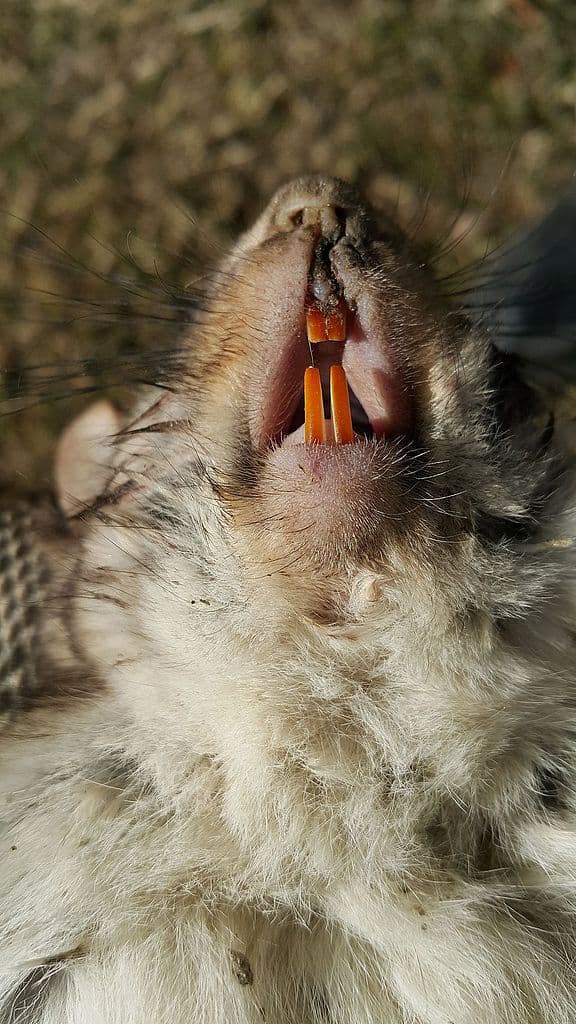
You have probably seen quite several squirrels before, but how much do you know about their teeth? There are more than 200 squirrel species in the world, and all of them have never-stop-growing teeth. This is why they keep on chewing on hard shells of nuts and other things to maintain the length of those teeth. The unique thing about their teeth is that squirrels have 4 front teeth that keep on growing while most animals have fewer.
Without daily trimming, their dental condition can get quite horribly nasty. Another condition that can be dangerous to squirrels is Malocclusion which is the improper alignment or wrong position of the incisors. If their top and bottom teeth don’t line up, some teeth will not get the daily trimming and continue growing. This can either cause starvation as it prevents the squirrels from eating or grow continuously and then penetrate the squirrel’s jaw or skull.
Related Post: Animals With The Most Teeth



